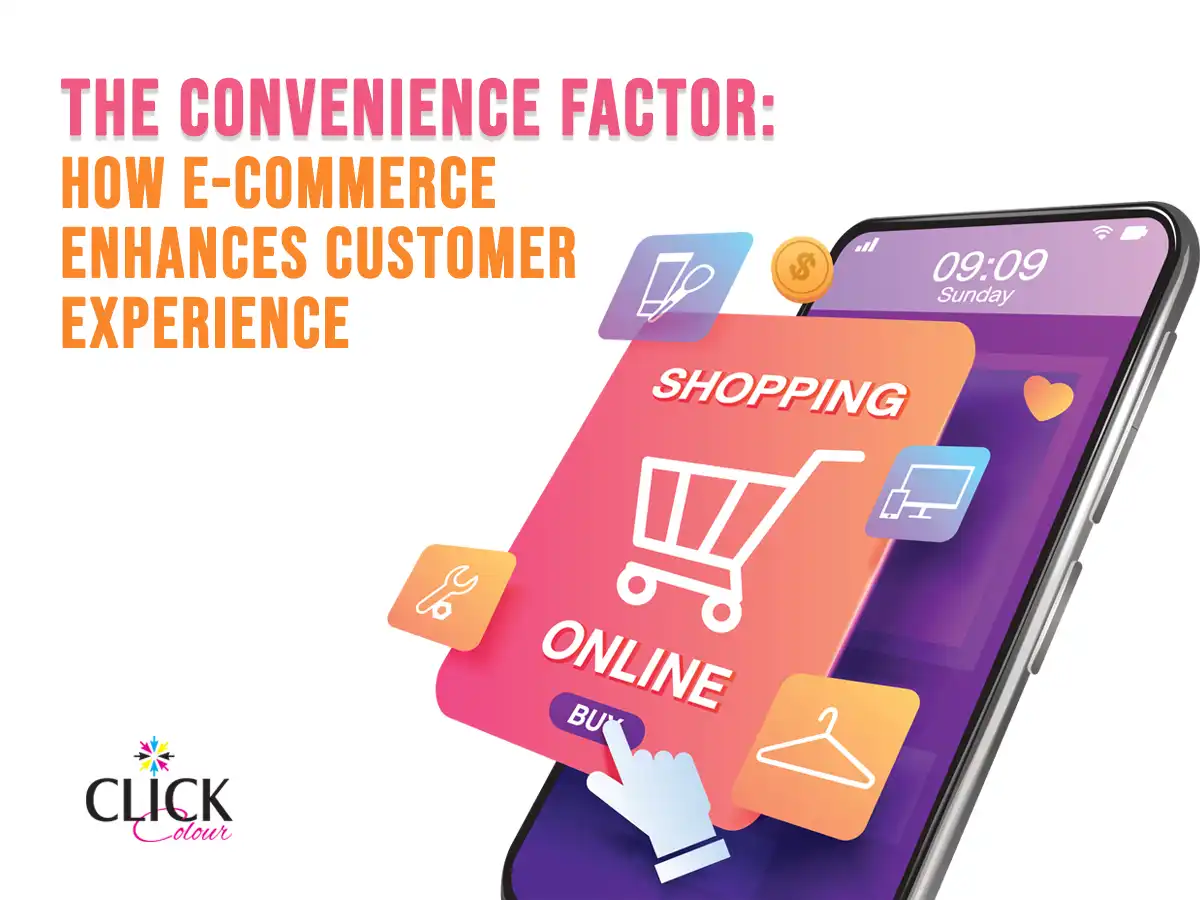In today’s fast-paced world, convenience has become a top priority for consumers. Small and medium-sized businesses (SMBs) must recognize the significance of convenience in the modern shopping landscape. E-commerce, with its ability to provide seamless and hassle-free shopping experiences, plays a crucial role in enhancing customer satisfaction. In this blog post, we will delve into the convenience factor of e-commerce and how it contributes to an improved customer experience for SMBs.
Shop Anytime, Anywhere. One of the most apparent advantages of e-commerce is that it allows customers to shop at their convenience. No longer bound by store hours, customers can browse and make purchases 24/7, whether they’re at home, in the office, or on the go. This flexibility accommodates busy lifestyles and varying schedules, making it easier for customers to engage with your business.
Wide Product Selection. E-commerce platforms empower SMBs to offer a vast array of products and services without the constraints of physical shelf space. This means customers can explore a wide variety of options from the comfort of their homes. The ability to find exactly what they’re looking for without the need to visit multiple stores is a significant convenience factor.
Detailed Product Information. Online stores provide comprehensive product descriptions, images, and customer reviews. This wealth of information helps customers make informed decisions without relying on the assistance of sales staff. By offering detailed product information, SMBs can enhance the trust customers place in their online store.
Effortless Comparison Shopping. Online shoppers can easily compare prices, features, and reviews for products from different brands or sellers. This transparency in pricing and product quality simplifies the decision-making process and ensures customers feel confident about their choices.
Convenient Payment Options. E-commerce platforms offer various payment methods, from credit cards and digital wallets to buy-now-pay-later options. This flexibility caters to different customer preferences, ensuring a smooth and convenient checkout process.
Efficient Shipping and Delivery. E-commerce enables businesses to provide efficient shipping and delivery options. Customers can choose from various delivery speeds, including same-day or next-day delivery in some cases. Real-time tracking allows customers to monitor the status of their orders, adding to the overall convenience.
Easy Returns and Exchanges. A hassle-free return and exchange process is a crucial part of the convenience factor. E-commerce businesses can provide straightforward return policies, including prepaid return labels, making it easy for customers to return or exchange products that don’t meet their expectations.
Personalization and Recommendations. E-commerce platforms use data analytics and AI to offer personalized product recommendations based on customer preferences and browsing history. This personalized shopping experience saves customers time by presenting them with products they are likely to be interested in.
Accessibility for All. E-commerce caters to a wide range of customers, including those with mobility issues or disabilities. Online shopping ensures accessibility for everyone, contributing to inclusivity and an enhanced customer experience.
Customer Support. Online customer support, including live chat and email, is available around the clock. This quick and accessible support enhances the convenience factor by addressing customer inquiries and concerns promptly.
In conclusion, the convenience factor is a driving force behind the success of e-commerce for SMBs. By embracing e-commerce and prioritizing convenience in the customer journey, SMBs can enhance customer satisfaction, build trust, and ultimately thrive in the digital age. The ability to offer customers a seamless and effortless shopping experience is a competitive advantage that should not be overlooked.





